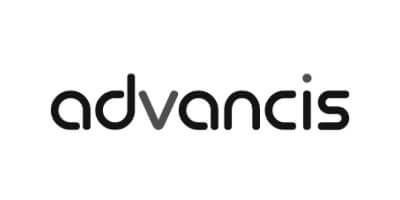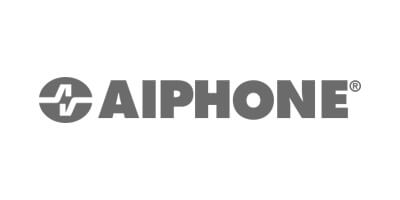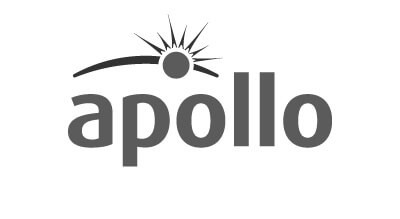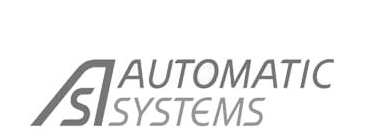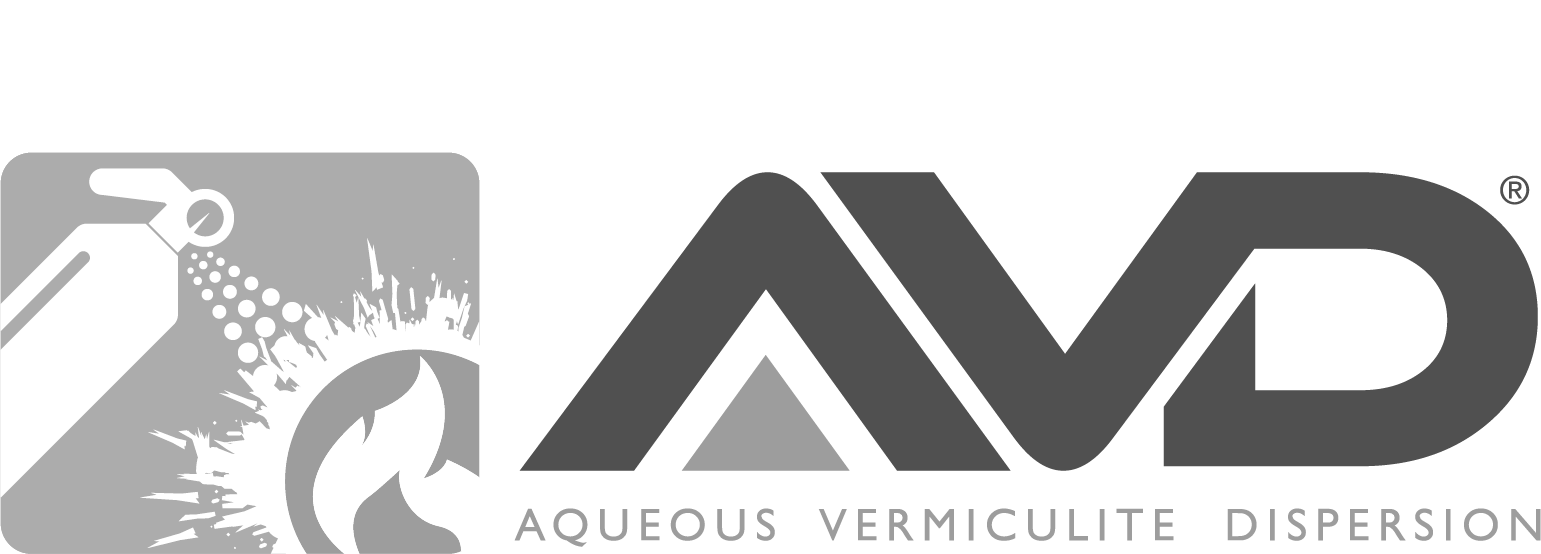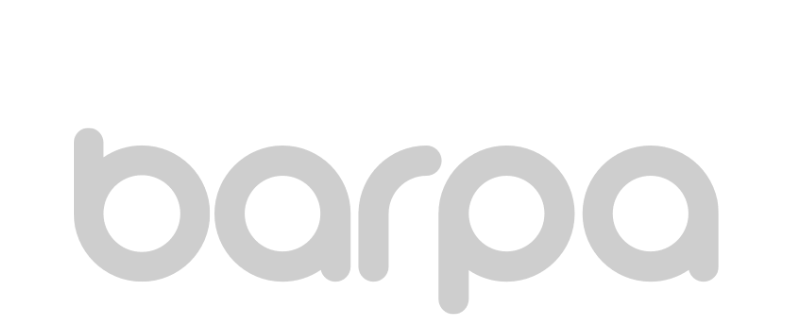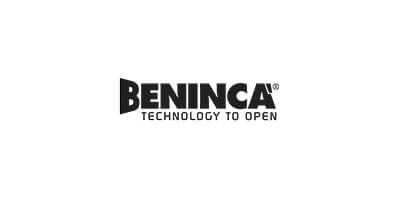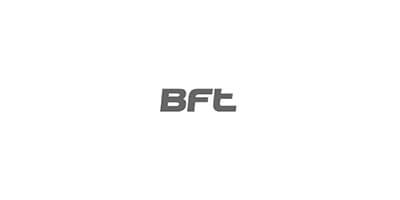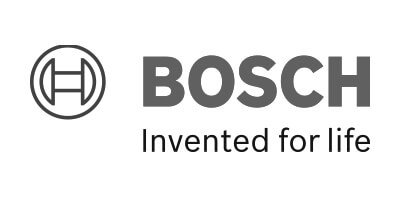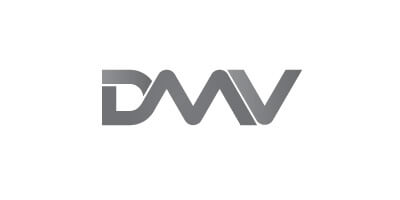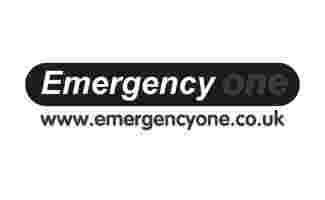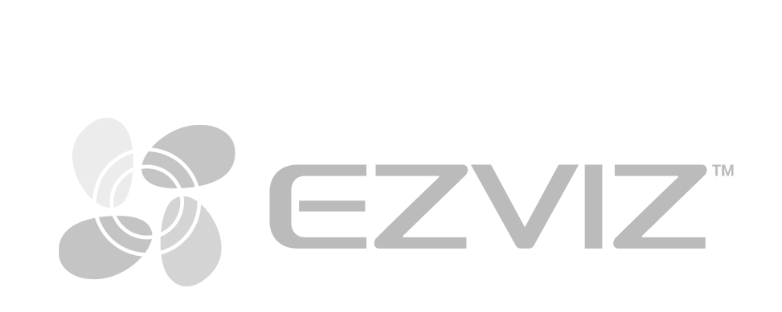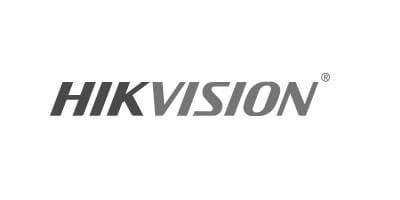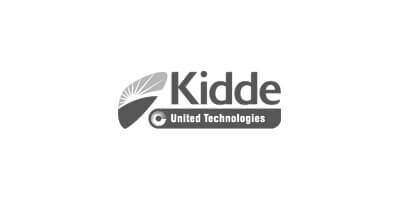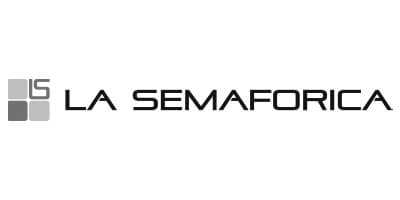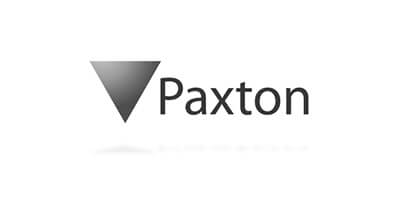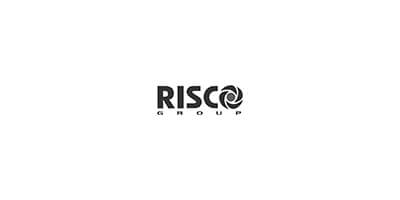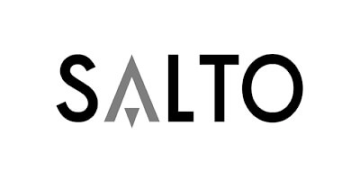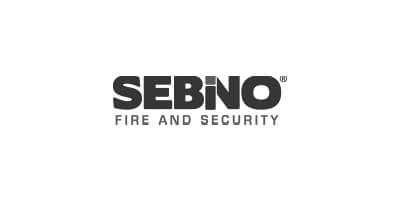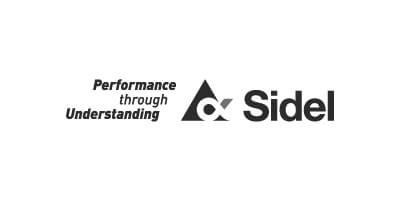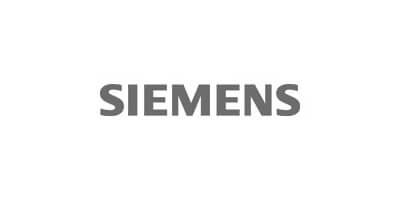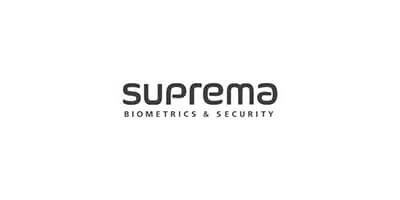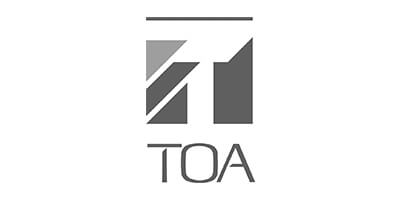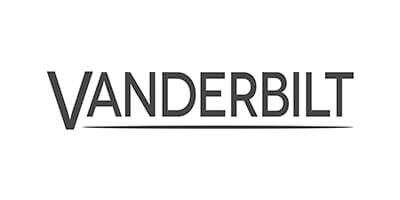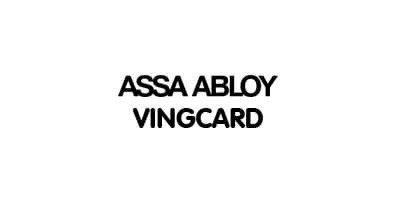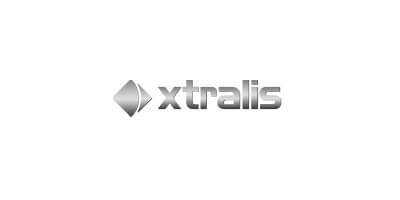The Cleansing and Maintenance Department in Malta faced challenges managing its operations effectively across the country. With an increasing demand for coordinated and efficient services, including street cleaning, waste management, and public maintenance, the department required a centralised solution to oversee and streamline its operations.Alberta was entrusted with the task of designing and implementing a control room to effectively meet these operational demands.
Project Objectives
- Enhance Operational Visibility: Provide real-time monitoring of assets, personnel, and workflows.
- Improve Efficiency: Facilitate swift decision-making through centralised data collection and reporting.
- Ensure Scalability: Develop a system adaptable to future departmental needs.
- Optimise Resource Allocation: Enable better planning and utilisation of vehicles, equipment, and staff.
Solution Design
The Cleansing and Maintenance Department’s operations include managing a fleet of cleaning vehicles deployed across Malta to maintain cleanliness and ensure public hygiene. Alberta’s solution was tailored to optimise the monitoring and management of these vehicles, combining innovative technology with practical functionality.
Key components of the solution included:
- Centralised Control Room: A modern, ergonomic workspace equipped with multi-screen dashboards to monitor real-time data feeds and CCTV footage of cleaning vehicle operations. The control room furniture, supplied by Lundhelsy, was specifically designed to enhance operator comfort and efficiency, ensuring seamless integration with the advanced technology.
- Fleet Tracking Systems: GPS-enabled software to track the movement and performance of vehicles, ensuring timely and efficient cleaning schedules.
- Integrated Software Systems: Deployment of a comprehensive system to manage the fleet’s schedules, incidents, and maintenance needs.
- High-Definition Surveillance: Installation of cameras at critical locations to monitor the progress and efficiency of vehicles in the field.
- Communication Tools: Advanced systems for real-time communication with vehicle operators to optimise routes and respond to emergencies.
- Energy-Efficient Infrastructure: Sustainable equipment and cooling systems to minimise the environmental footprint of the control room.
Implementation Process
- Consultation and Planning: Alberta worked closely with the department to outline project requirements, milestones, and KPIs.
- Infrastructure Development: The control room furniture was built up with a focus on maximising functionality and operator comfort, including soundproofing and optimised lighting.
- System Integration: Alberta implemented and integrated software solutions with existing departmental systems to ensure a seamless transition.
- Training and Support: Comprehensive training sessions were provided for the department’s staff, enabling them to operate the control room efficiently. Alberta also established a 24/7 support system to address any technical issues post-implementation.
Results
The implementation of the control room delivered measurable improvements to the Cleansing and Maintenance Department:
- Increased Efficiency: Operational efficiency improved with faster response times to incidents and better coordination of field teams.
- Enhanced Transparency: Real-time data enabled detailed reporting and accountability for departmental performance.
- Scalable Operations: The control room was designed to support future upgrades, including the integration of AI-driven analytics and IoT-based sensors.
Conclusion
The implementation of the control room by Alberta has transformed the way the Cleansing and Maintenance Department operates. By leveraging technology and streamlined processes, the department has achieved a higher level of operational efficiency, enabling cleaner streets and improved public services across Malta.
This project highlights our ability to deliver customised, scalable solutions co-created with key reliable partners like LundHalsey that meet the unique challenges of public service organisations.
The success of this collaboration sets a benchmark for future projects aimed at modernising municipal services, reaffirming Alberta’s role as a trusted partner in innovation and sustainability.






